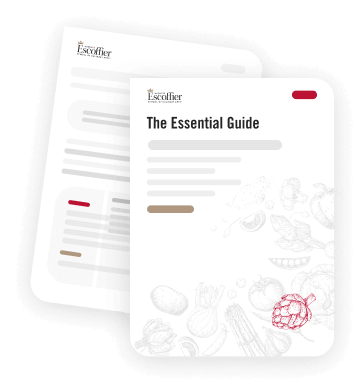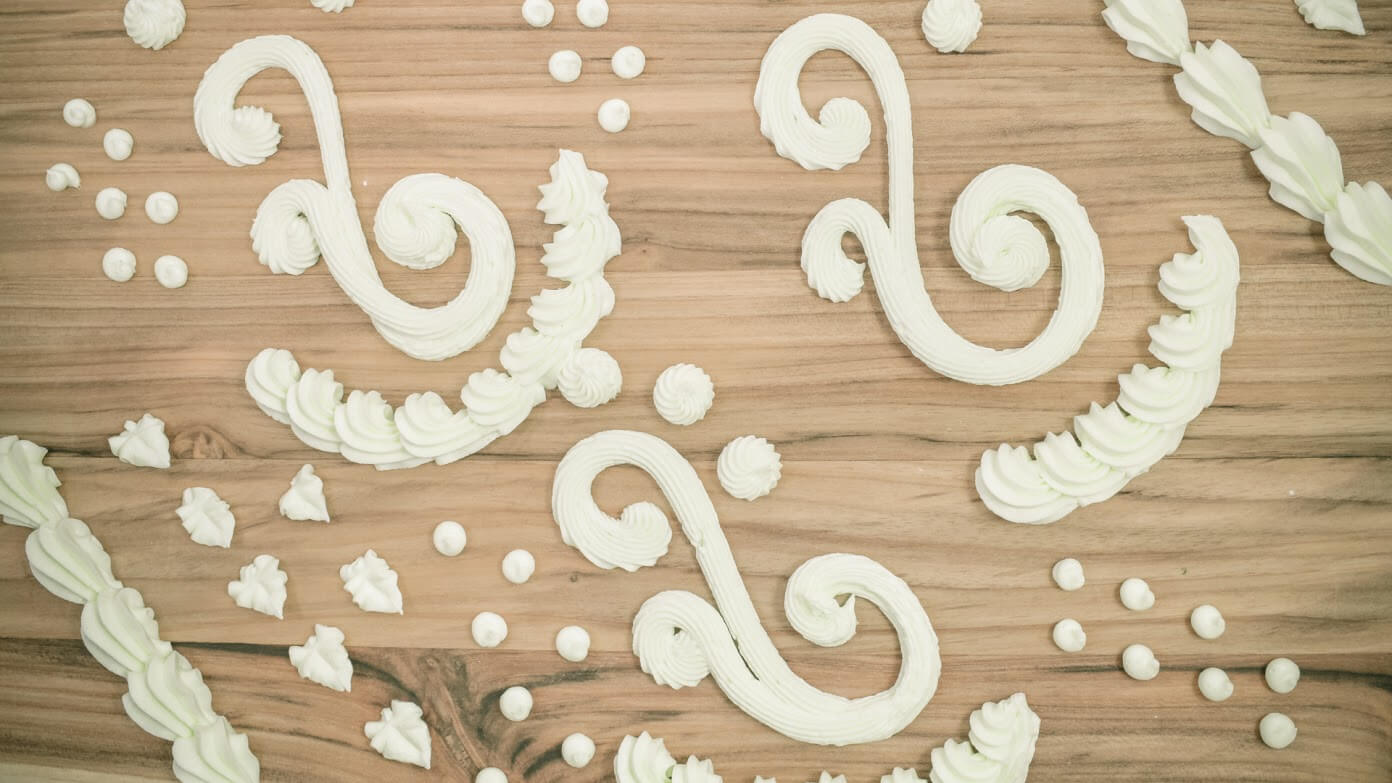Piping Techniques

Let’s face it. There’s a big difference between just icing a cake and doing simple yet elegant piping techniques that add character and delicious flavor. When it comes to pastry decorating, piping literally is the icing on the cake. The correct piping techniques can make any cake go from looking homemade to looking professionally done, something every pastry connoisseur aims for. But there’s a lot that goes into it. Hand positioning, steadiness and knowing how and when to use the appropriate tip can take you a long way. I don’t think anyone would argue with the fact that icing is one of the best if not the best part of the taste. Now let’s make it the best part of the design too.
Last week we told you all about icing and decorating. This week we’re taking it further and teaching you what you need to know about piping techniques in this online culinary course.


